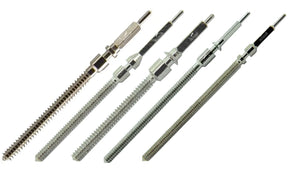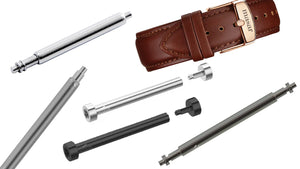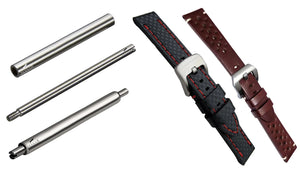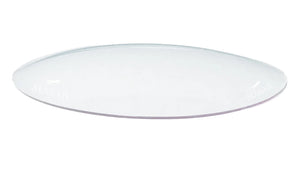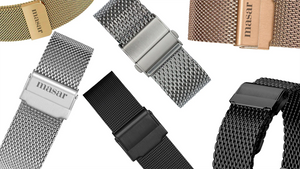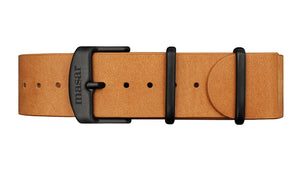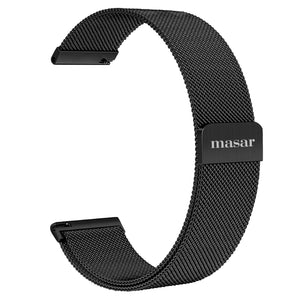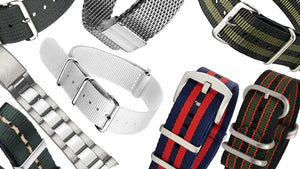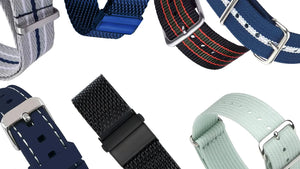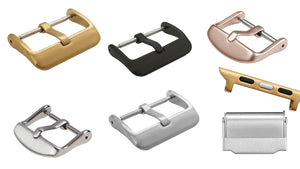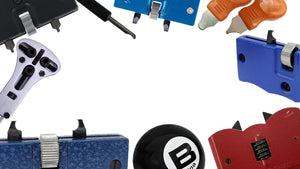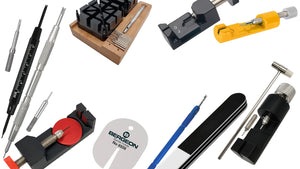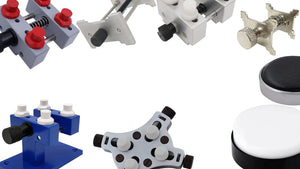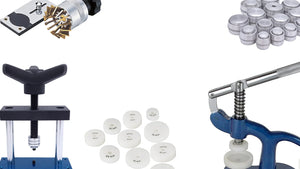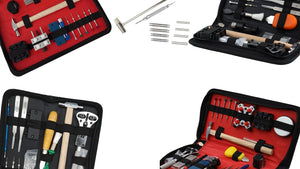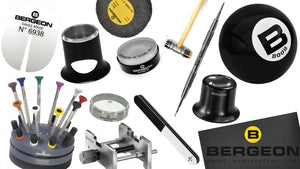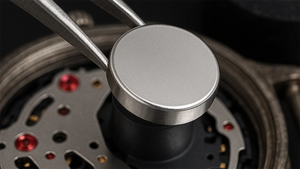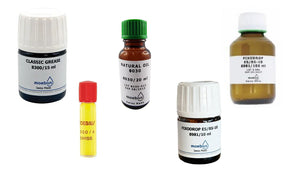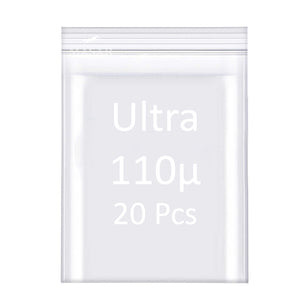Watch Gaskets: The Essential for Watchmaking Waterproofness
In watchmaking, watch gaskets play a vital role. They ensure the watertightness and protection of a watch's internal components from moisture, dust, and temperature variations. Depending on the part of the watch in question, several types of gaskets exist: watch glass gaskets , O-rings , flat rubber gaskets , or even red hard gaskets . Each model meets specific needs.
Watch Glass Gaskets
Watch glass gaskets ensure the glass is securely attached to the case and sealed. Available in various thicknesses and diameters, they must be carefully selected to match the exact dimensions of the glass. An improperly fitted gasket can lead to loss of water resistance and moisture infiltration.
Rubber O-Rings
O- rings , often called O-rings , are circular rubber seals. They are mainly used for watch case backs and crowns. Their role is to ensure uniform pressure and prevent liquid from entering. Their effectiveness depends on their diameter and thickness, measured in millimeters.
Flat Rubber Gaskets
Unlike O-rings, flat rubber gaskets offer a larger contact surface. They are often used in screw-down watch backs or to enhance the water resistance of specific components. Their flexibility and resistance to temperature variations make them a reliable solution for watches subjected to extreme conditions.
Hard Red Seals
Particularly well-known in watchmaking, red hard gaskets are used for applications requiring high strength and increased resistance. Their distinctive color makes them easy to identify. They are suitable for sports watches, diving watches, or parts requiring enhanced water resistance.
Choosing the Right Watch Gaskets
Whether you're a professional watchmaker or a passionate hobbyist, choosing the right gasket is crucial. Here are some recommendations:
- Always measure the diameter and thickness of the gasket accurately.
- Check compatibility with the type of glass, back or crown.
- Favor quality seals to avoid premature aging.
- Replace the seals regularly to maintain optimal sealing.
FAQ about Watch Gaskets
How to measure a watch glass gasket?
Use an accurate caliper to measure the outer and inner diameter of the gasket, as well as its thickness and height. Dimensions should be expressed in millimeters.
What is the difference between thickness, section width and height of a joint?
- Thickness: the thickness of the seal wall.
- Section width: corresponds to the width of the joint visible in section.
- Height: vertical distance of the seal once installed.
How do I know which gasket is compatible with my watch?
You must check the exact size of your watch's crystal, caseback, or crown. A gasket that is too wide or too thin can compromise water resistance. The manufacturer's instructions can help, but measurement remains essential.
What tolerance exists for joint measurements?
In watchmaking, precision is paramount. A tolerance of ±0.05 mm may be acceptable, but beyond this, the gasket may not provide a proper seal.
Should I replace all the seals at the same time?
Yes, it is recommended. When servicing or changing the battery, it is advisable to replace the gaskets on the glass, caseback, and crown to ensure optimal water resistance.
How often should you change watch gaskets?
Professional watch brands generally recommend replacing gaskets every 4 years to maintain reliable water resistance. For a diving watch or one exposed to moisture, more frequent replacement may be necessary.
Are watch gaskets universal?
No. Each watch has specific dimensions. There are many different types of gaskets (O-rings, flats, red hard, etc.), so you must choose the right size to ensure effectiveness.

